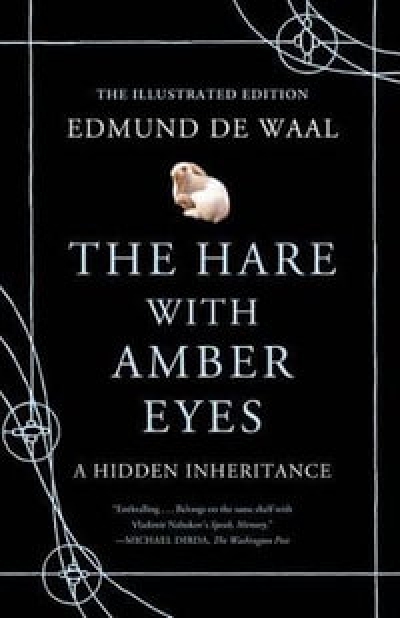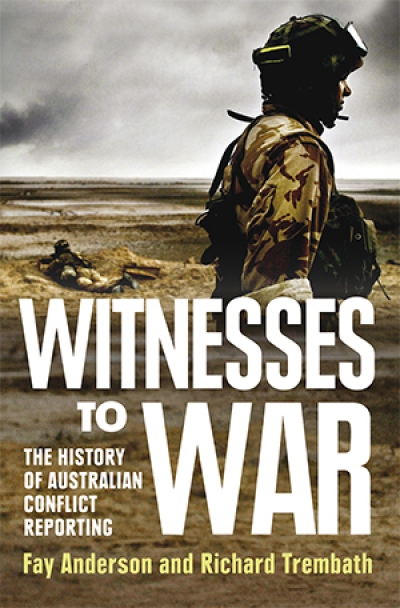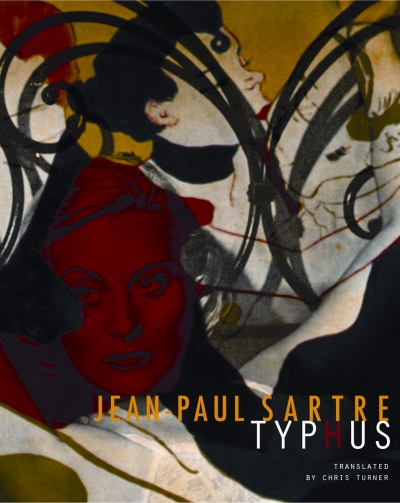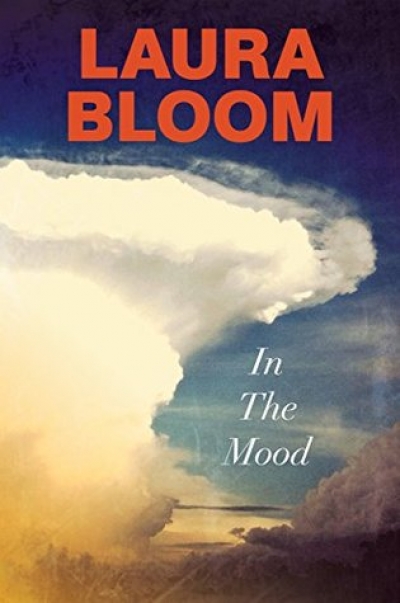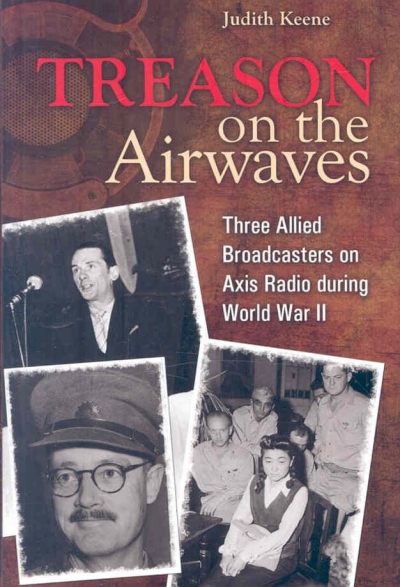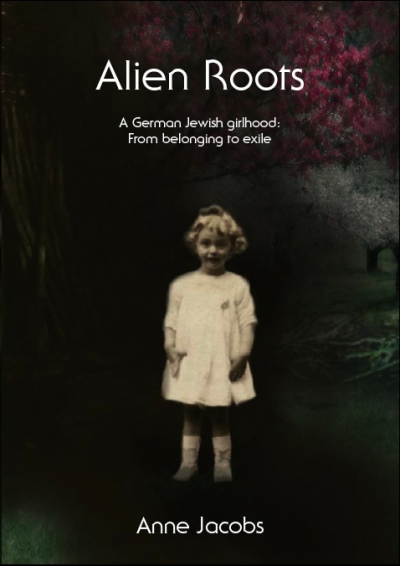World War II
The Hare With Amber Eyes: A hidden inheritance by Edmund de Waal
by Angus Trumble •
Witnesses to War: The History of Australian Conflict Reporting by Fay Anderson and Richard Trembath
by Jill Jolliffe •
Typhus by Jean-Paul Sartre (translated by Chris Turner) & Critical Essays by Jean-Paul Sartre (translated by Chris Turner)
by Colin Nettelbeck •
Churchill’s Empire: The World That Made Him and the World He Made by Richard Toye
by Robin Prior •
Treason on the Airwaves: Three Allied broadcasters on Axis radio during World War II by Judith Keene
by Jock Given •
Alien Roots: A German Jewish girlhood: from belonging to exile by Anne Jacobs
by Carol Middleton •
‘Welcome to the Netherlands!’ the sign says in Dutch and English. The Schipol customs official inspects my Australian passport. ‘Nederlands geboren,’ he sniffs. ‘Zo je komt terug.’ So you’ve come back, he adds, in a tone suggesting that I might have left something behind minutes ago, rather ...

